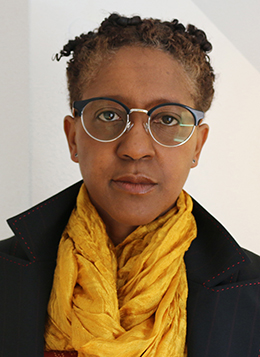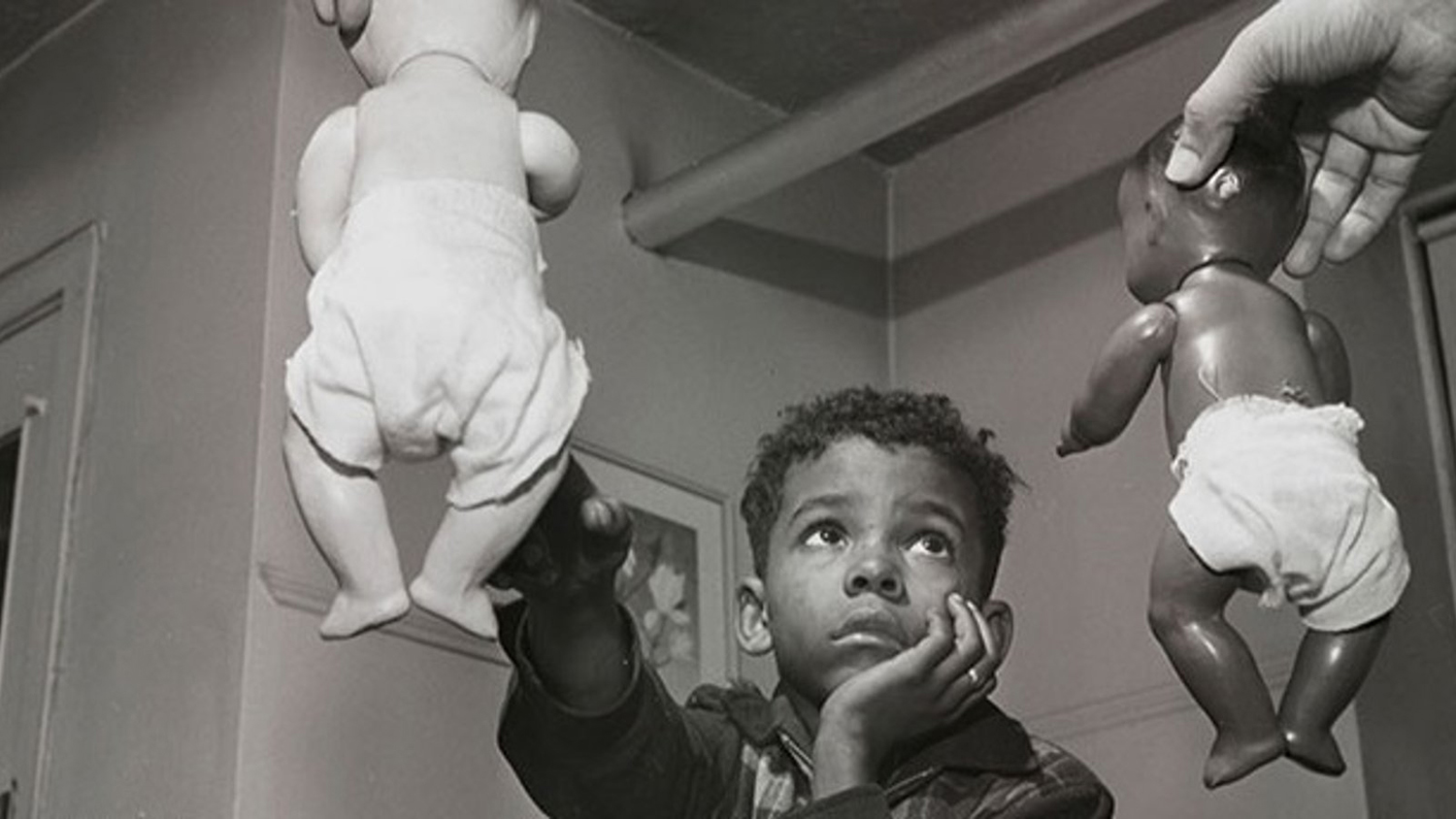
It was during my freshman year of college, May of 1992, when the Los Angeles riots erupted. Fires blazed, and stores were looted and damaged as police tried to regain order in the fragmented community. News stations televised vivid images of the city unraveling in the aftermath of the savage public beating of Rodney King, an unarmed black man. The scene was like watching a modern-day lynching caught on film and pushed out through the media for millions of people to see.
Decades earlier, most of the new black middle class had relocated, leaving behind the problems of the inner city and exercising their modern-day freedoms — earning good-paying jobs, buying homes in more affluent neighborhoods, and using education to paint themselves into the American dream.

I grew up as one of two African American families in our neighborhood, sometimes being mortified by N-word jokes or people who projected their fear and insecurities about black people onto me. When the riots broke out, it seemed like my own frustrations were amplified a hundredfold as I watched the aftermath of the beating, which symbolized the ongoing conflict between black residents and law enforcement. This was living proof that the feeling of oppression still lingered in the everyday lives of poor and rich black Americans, echoing the ill-fated history caused by slavery.
Four hundred years ago, my African ancestors suffered savage, inhumane treatment that changed the course of their lives — and all of the generations that followed, through the present day. Learning about slavery, peace marches, and civil rights demonstrations, all taught from within the boundaries of a white person’s perspective, left me only partially prepared to understand slavery and the remnants that live on today. As part of my personal tribute — in collaboration with Gisèle Tanasse, film and media services librarian, and film researcher Cassia Stepak — I decided to rekindle this interest in our history, using the UC Berkeley Library to access films that invite us to experience stories through the lens of black documentarians. On this anniversary, I ask everyone to reflect on what the legacy of slavery means to you and how we can collectively learn more about our history to help end racism.
To highlight the perseverance of Africans from 1619 to the present day, the Library has selected 40 films, including the four documentaries highlighted below, to acknowledge and commemorate the many voices that have contributed to American history. These films tell compelling historical narratives and appeal to a broad audience, forming a space for educators to use these resources to link our diverse history to the classroom.
The Black Panthers: Vanguard of the Revolution (2015)
The Black Panthers: Vanguard of the Revolution isn’t the first film about the Black Panther Party, but it is one of the rare documentaries that gave me an opportunity to live in the moment through a personal perspective that focused on the party and its leadership. Imagine living during the Vietnam War and the birth of “Black is beautiful” and seeing the progress made by Martin Luther King Jr. and Malcolm X. Despite gains, oppression and bigotry was still strong. White privilege enraged the black community, motivating some people to take up arms and creating an opportunity for new ideas to take form, like the ones championed by the Black Panther Party for Self-Defense. The film illustrates the significance of these moments in history and introduces key figures who influenced the party. The filmmakers paint an honest picture that details the dual roles that the group played in the community — as a threat to the government on one hand, and as an advocate for the safety and survival of blacks on the other. The Black Panthers: Vanguard of the Revolution takes viewers on an emotional journey through the highs and lows of the party.

American Denial: The Truth Is Deeper Than Black and White (2014)
As a black person, it’s difficult to explain to someone the racism you experience in life if it’s not someone else’s lived experience. American Denial: The Truth Is Deeper Than Black and White does this by making the connection between Gunnar Myrdal’s observations and contemporary theories on bias, using historical facts and concepts. Showing how people deal with the contradictions of America through denial, this is an American story that makes sense. The filmmakers lay out the realities of racism in America through the lens of social conflict, and don’t shy away from the facts. Recounting Myrdal’s experiences while investigating Jim Crow racism for his 1944 study, titled “An American Dilemma,” the documentary looks into the past and present to confront the reasons why America continues to fail black Americans by supporting a system of repression. American Denial: The Truth Is Deeper Than Black and White is a timely follow-up to Myrdal’s investigation, providing evidence that anti-blackness is still very much a part of our society.
Brother Outsider: The Life of Bayard Rustin (2003)
Adding a unique voice to the diversity of American history, Brother Outsider: The Life of Bayard Rustin, introduces Bayard Rustin as an empowering figure within the nonviolence, civil rights, and gay rights movements. Closely aligned with A. Philip Randolph, Martin Luther King Jr., and other influential leaders responsible for organizing the 1963 March on Washington, Rustin was instrumental in developing a course of action to overcome racial discrimination with nonviolence. Brother Outsider concentrates on a wide range of events that evolved around Rustin’s life experiences, including the heartbreaking realities that he faced as a black gay man, forced to choose between his commitment to the black civil rights movement and his sexuality. This film does a wonderful job of providing historical context by fully immersing Rustin’s life into the changing politics of the time. Toward the end of the film, as a much older man, Rustin recognizes the benefits of an inclusive social movement for human rights, circling back to an earlier question in the film that asks if civil rights leaders should stand for the rights of “two societies or one.”
Maya Angelou: And Still I Rise (2016)
A relatable story about love, heartache, empowerment, and faith, Maya Angelou: And Still I Rise honors the life and work of an African American icon. Offering a rare window into Angelou’s life, the filmmakers explore the purpose and style behind her writing, which embodies the black experience in the tradition of the slave narrative. The film balances the recollections of Angelou’s youth and friendships to explain how she became the woman that is reflected in her work. As a tribute, the film celebrates Angelou’s eloquence and creativity, along with her achievements in breaking down barriers as an author and a black woman. If you aren’t familiar with her work, this film may motivate you to change that.
All the film selections mentioned above are available for free to UC Berkeley students, faculty, and staff on Kanopy. They are also available to public library users throughout the nation on their local library Kanopy platforms.
Editor’s note: To accurately reflect the author’s experience, this article refers to a racial slur.
A. Hamilton is the past communications chair for the Black Staff and Faculty Organization at UC Berkeley and contributes to the University Library, drawing upon her interests of African American culture in American history, and interpretations of black history in art and film.